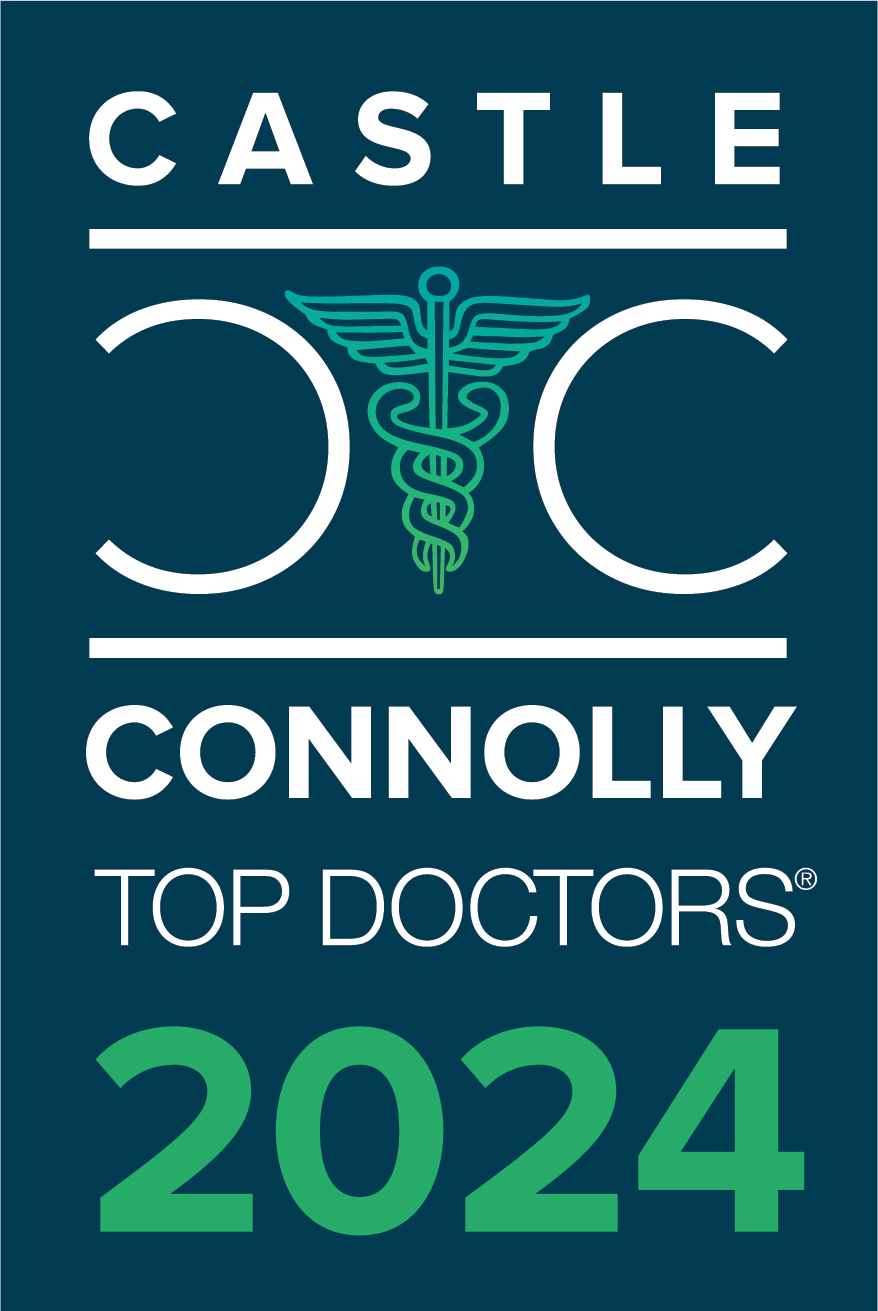
Welcome to the latest edition of our One Health newsletter! This month, we review the significance of Hierarchical Condition Category (HCC) coding and Risk Adjustment Factor (RAF) scoring. These are two crucial components that affect reimbursement especially in our value contracts.
Understanding HCC Coding: Unveiling the Hidden Value
HCC coding is a method of categorizing and documenting a patient’s medical conditions based on their severity and expected cost of care. HCC coding is a method to identify and document chronic conditions such as diabetes, heart failure, chronic obstructive pulmonary disease (COPD), and many others. The coding system uses a hierarchical approach to classify these conditions into groups, each with an assigned risk score. The higher the risk score, the more resources are expected to be needed for that patient’s care.
The Power of RAF Scoring: Ensuring Fair Reimbursements
Risk Adjustment Factor (RAF) scoring is closely linked to HCC coding and plays a significant role in the financial aspect of medicine. Risk-based payment models use RAF scores to determine reimbursement rates to healthcare providers. RAF scores allow payers to adjust payments based on the predicted cost of caring for a particular patient. RAF scoring helps to address potential disparities in reimbursement and ensures that providers receive adequate compensation for caring for patients with complex health conditions. We are encouraged to accurately document the full extent of a patient’s health. Here is an example of the same patient with different levels of coding:

The Synergy of HCC Coding and RAF Scoring
HCC coding provides the necessary clinical documentation and insights into a patient’s health conditions, while RAF scoring translates this information into financial reimbursement. RAF scoring encourages healthcare providers to focus on prevention, early intervention, and better chronic disease management. By identifying high-risk patients and allocating resources appropriately, providers can deliver more personalized and effective care, ultimately leading to better patient outcomes.
HCC Coding in EPIC
Our electronic health record (EPIC) can assist providers with HCC coding and RAF scoring. In Winston, you will have hard stops when there are HCC opportunities to capture. In Charlotte, look at the storyboard for value contract patients (indicated by green banner) or Best Practices tab in Plan for HCC opportunities. These automated documentation processes and real-time risk assessments allow providers to streamline operations and focus more on patient care.
Conclusion
HCC coding and RAF scoring are critical tools for providers seeking to provide high-quality care and secure appropriate reimbursement. Also, appropriate use can incentivize better patient outcomes, ultimately leading to a healthier population.







